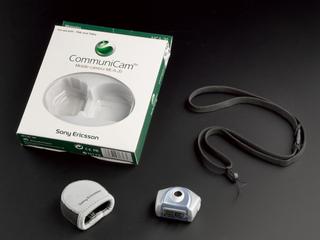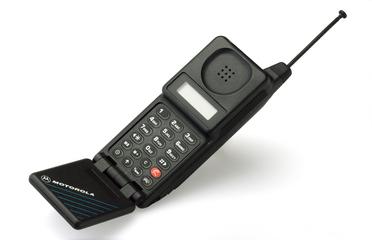
Cell used in interruptor circuit, 1875-1890
- maker:
- David Edward Hughes








Small cell (rectangular), probably made by David Edward Hughes, England, 1875-1890.
In 1879 David Edward Hughes (1829/31-1900) was carrying out some experiments with his induction balance. He found that if a circuit was formed by joining up in series a battery, a microphone and one of the coils of his balance, any interruption of the circuit was accompanied by a disturbance which became audible in a telephone receiver connected to another microphone, even when the circuits were widely separated and there was no direct connection between them. It is now known that Hughes had unwittingly discovered electromagnetic radiation, but scientific friends considered the results were due to electromagnetic induction. Discouraged, Hughes did not publish his discoveries and the credit went to Heinrich Hertz some seven years later. This is one of the cells (batteries) used in the interruptor circuit.
Details
- Category:
- Telecommunications
- Object Number:
- 1922-226
- Materials:
- lead (metal), metal (unknown) and wax
- Measurements:
-
overall: 100 mm x 30 mm x 30 mm, .11 kg
- type:
- battery
- credit:
- Executors of the late Anna C. Hughes




